VIII Bomber Command 138
26 November 1943
Object Number - UPL 15278 - Nose art B-24 Liberator #42-40749 'Sack Time Sally' 565th BS, 389th BG, 8th AF, flew on 1st Aug 43 Ploesti oil refinery raid, returning safely to...
Description
The industrial areas of Bremen, Germany are the target for this massive mission (largest to date) of 505 B-17s which included 14 B-17 Pathfinders from 482BG spread among the B-17 formations - 13 of these completed the mission and 7 were damaged.
This mission is composed of three elements. The first element is a combined force of 283 B-17s from 1st Bomb Division that included: 91BG (29); 92BG (23); 303BG (35); 305BG (22); 306BG (29); 351BG (38); 379BG (37); 381BG (29) 384BG (21) and 401BG (20). This is the first mission for 401BG. 253 aircraft are effective on the target. 19 aircraft Failed to Return (FTR) 57 KIA 105 POW, 1 DIC, 27 RTD (rescued by ASR). 4 aircraft are Damaged Beyond Repair (DBR) in crash landings 2 KIA, 1 WIA, 27 RTD. 9 airmen were KIA and 31WIA in returning aircraft. 96 aircraft were damaged. Radio problems and poor formation discipline were cited as contributing factors. The bomber gunners claim 12-3-10 of attacking German fighters.
The second element was a combinded force of 107 B-17s from 3rd Bomb Division that included: 95BG (6); 96BG (43); 100BG (9); 388BG (43); 390BG (6). 97 aircraft are effective on the target. 3 aircraft Failed to Return (FTR) 28KIA 2POW. One of these from 388BG was struck by incendiaries dropped from above by a 96BG aircraft. 43 aircraft are damaged. There are no bomber gunner claims on enemy aircraft in this element.
The third element is a combined force of 101 B-24s from 2nd Bomb Division that included: 44BG (26); 93BG (25); 389BG (26); and 392BG (24). 77 aircraft are effective on the target. 3 aircraft Failed to Return (FTR) 26 KIA, 6 POW, 3 EVD. 1 airman is KIA and 4 others WIA in returning aircraft. The bomber gunners in this element claim 4-0-0 of attacking German aircraft.
The ball bearing industries at Paris, France are the target for a combinded force of 128 B-17s from 3rd Bomb Division that included: 385BG (22); 94BG (42); 390BG (21); 100BG (21); and 95BG (22). However, weather and cloud cover prevents bombing. 4 aircraft Failed to Return (FTR) 18 KIA, 14 POW, 8 EVD. 18 aircraft are damaged. 3 airmen in returning aircraft are WIA. The bomber gunners in this element claim 8-2-3 of attacking German aircraft.
Mission Details
BREMEN CITY (Primary)
Description: INDUSTRIAL AREA
Aircraft Type: B-17 Flying Fortress
Notes: This is the second element to hit Bremen.
![Three airmen of the 100th Bomb Group, Lieutenant Kenneth Menzie, Lieutenant Donald Strout and Lieutenant Norman Scott, plan the route they will take during the next mission in their B-17 Flying Fortress (serial number 42-30380). Image stamped on reverse: 'Reviewed and passed U.S. Army 23 Aug 1943 Press Censor E.T.O. U.S.A.' [stamp]'. Passed for publication 23 August 1943 INTLD 16 General Section Press Censorship Bureau '[stamp], 'Associated Press' [stamp] and '280035.' [Censor no.] Printed caption on reve](https://assets.americanairmuseum.com/s3fs-public/styles/max_650x650/public/freeman/media-378743.jpg?itok=oPPVVi6c)
- Unit Hierarchy: Group
- Air Force: Eighth Air Force
- Type Category: Bombardment
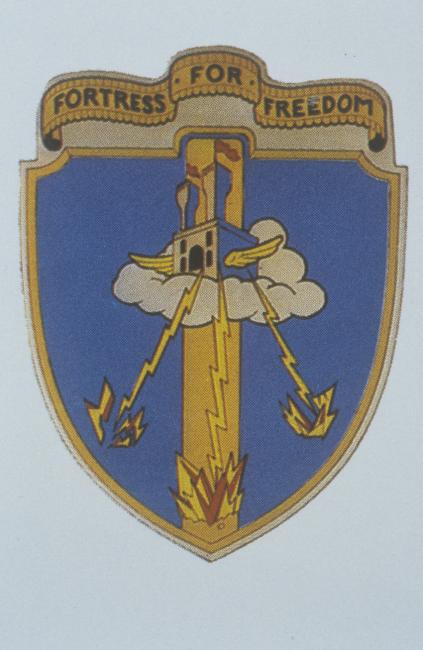
- Unit Hierarchy: Group
- Air Force: Eighth Air Force
- Type Category: Bombardment

- Unit Hierarchy: Group
- Air Force: Eighth Air Force
- Type Category: Bombardment
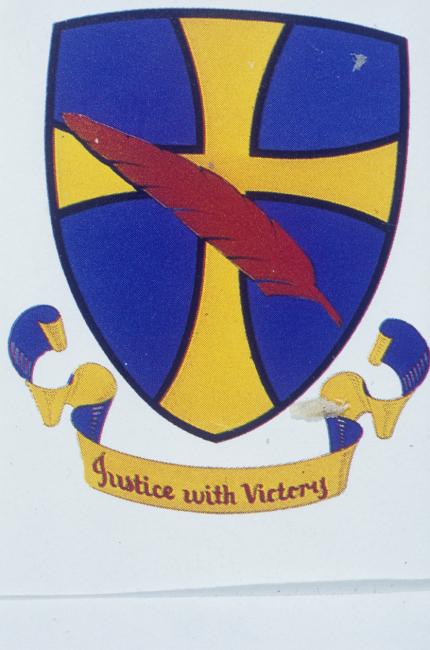
- Unit Hierarchy: Group
- Air Force: Eighth Air Force
- Type Category: Bombardment

- Unit Hierarchy: Group
- Air Force: Eighth Air Force
- Type Category: Bombardment
Mission Statistics
- Tonnage Dropped: 265.60
- People killed in action: 29
- Prisoners of war: 1
- People returned to duty: 10
- Aircraft sent: 114
- Aircraft effective: 103
- Aircraft missing in action: 3
- Aircraft damaged beyond repair: 1
- Aircraft damaged: 43
BREMEN CITY (Primary)
Description: INDUSTRIAL AREA
Aircraft Type: B-17 Flying Fortress
Notes: 482nd Bomb Group 13 of 14 B-17s equipped with Pathfinder (PFF) are included in totals. 7 Pathfinder (PFF)-equipped are damaged. The 401st Bomb Group flies its first mission.

- Unit Hierarchy: Group
- Air Force: Eighth Air Force
- Type Category: Bombardment

- Unit Hierarchy: Group
- Air Force: Eighth Air Force
- Type Category: Bombardment

- Unit Hierarchy: Group
- Air Force: Eighth Air Force
- Type Category: Bombardment

- Unit Hierarchy: Group
- Air Force: Eighth Air Force
- Type Category: Bombardment
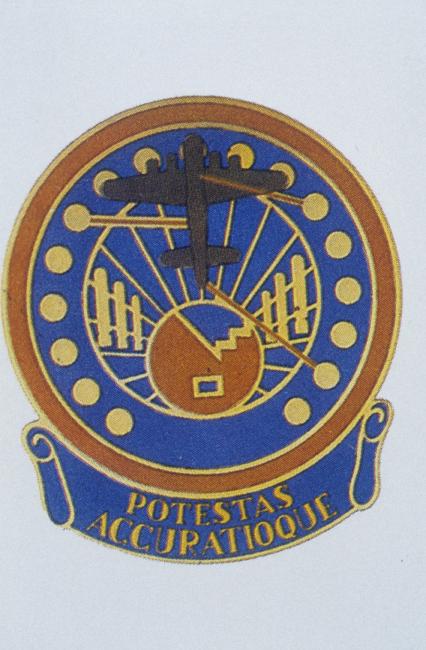
- Unit Hierarchy: Group
- Air Force: Eighth Air Force
- Type Category: Bombardment
Mission Statistics
- Tonnage Dropped: 728.66
- People killed in action: 71
- People wounded in action: 37
- People missing in action: 1
- Prisoners of war: 106
- People returned to duty: 45
- Enemy aircrafts destroyed by bomber: 12
- Enemy aircrafts probably destroyed by bomber: 3
- Enemy aircraft damaged by bomber: 10
- Aircraft sent: 290
- Aircraft effective: 260
- Aircraft missing in action: 19
- Aircraft damaged beyond repair: 2
- Aircraft damaged: 93
BREMEN CITY (Primary)
Description: INDUSTRIAL AREA
Aircraft Type: B-25 Mitchell
Notes: 13 B-17s and 5 B-24s drop 57 tons on Targets of Opportunity.

- Unit Hierarchy: Group
- Air Force: Eighth Air Force
- Type Category: Bombardment

- Unit Hierarchy: Group
- Air Force: Eighth Air Force
- Type Category: Bombardment

- Unit Hierarchy: Group
- Air Force: Eighth Air Force
- Type Category: Bombardment

- Unit Hierarchy: Group
- Air Force: Eighth Air Force
- Type Category: Bombardment
Mission Statistics
- Tonnage Dropped: 210.84
- People killed in action: 27
- People wounded in action: 2
- People evaded: 1
- Prisoners of war: 3
- Enemy aircrafts destroyed by bomber: 4
- Aircraft sent: 101
- Aircraft effective: 77
- Aircraft missing in action: 3
PARIS (Primary)
Description: BALL BEARING FACTORIES
Aircraft Type: B-17 Flying Fortress
Notes: Complete cloud cover over target - mission aborted. No fighter escort for this element.
![Three airmen of the 100th Bomb Group, Lieutenant Kenneth Menzie, Lieutenant Donald Strout and Lieutenant Norman Scott, plan the route they will take during the next mission in their B-17 Flying Fortress (serial number 42-30380). Image stamped on reverse: 'Reviewed and passed U.S. Army 23 Aug 1943 Press Censor E.T.O. U.S.A.' [stamp]'. Passed for publication 23 August 1943 INTLD 16 General Section Press Censorship Bureau '[stamp], 'Associated Press' [stamp] and '280035.' [Censor no.] Printed caption on reve](https://assets.americanairmuseum.com/s3fs-public/styles/max_650x650/public/freeman/media-378743.jpg?itok=oPPVVi6c)
- Unit Hierarchy: Group
- Air Force: Eighth Air Force
- Type Category: Bombardment
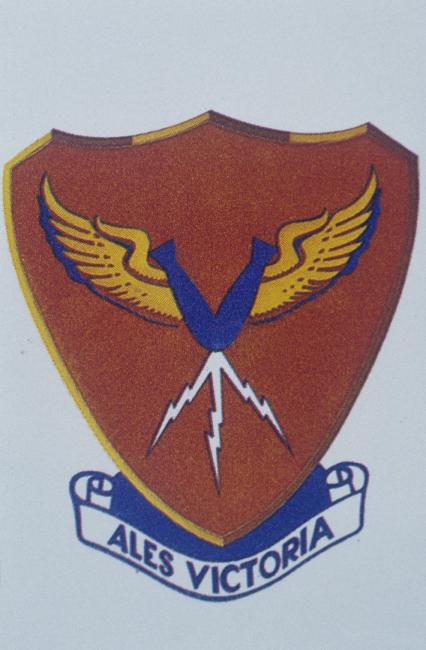
- Unit Hierarchy: Group
- Air Force: Eighth Air Force
- Type Category: Bombardment

- Unit Hierarchy: Group
- Air Force: Eighth Air Force
- Type Category: Bombardment

- Unit Hierarchy: Group
- Air Force: Eighth Air Force
- Type Category: Bombardment
Mission Statistics
- Tonnage Dropped: 0.00
- People killed in action: 18
- People wounded in action: 3
- People evaded: 8
- Prisoners of war: 14
- Enemy aircrafts destroyed by bomber: 8
- Enemy aircrafts probably destroyed by bomber: 2
- Enemy aircraft damaged by bomber: 3
- Aircraft sent: 128
- Aircraft missing in action: 1
- Aircraft damaged: 18
Connections
See how this entry relates to other items in the archive by exploring the connections below.
People

- Military/Civilian/Mascot: Military
- Nationality: American
- Unit: 381st Bomb Group 532nd Bomb Squadron
- Service Numbers: O-681289
- Highest Rank: Second Lieutenant
- Role/Job: Co-Pilot
- Military/Civilian/Mascot: Military
- Nationality: American
- Unit: 384th Bomb Group 544th Bomb Squadron
- Service Numbers: O-798297
- Highest Rank: First Lieutenant
- Role/Job: Pilot
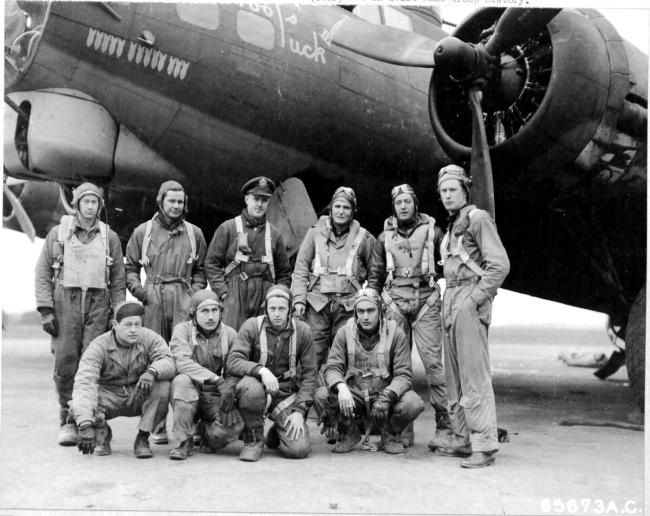
- Military/Civilian/Mascot: Military
- Nationality: American
- Unit: 401st Bomb Group 612th Bomb Squadron
- Service Numbers: O-735233
- Highest Rank: First Lieutenant
- Role/Job: Navigator / Bombardier
- Military/Civilian/Mascot: Military
- Nationality: American
- Unit: 381st Bomb Group 535th Bomb Squadron
- Service Numbers: O-735735
- Highest Rank: First Lieutenant
- Role/Job: Pilot

- Military/Civilian/Mascot: Military
- Nationality: American
- Unit: 388th Bomb Group 560th Bomb Squadron
- Service Numbers: 16066310 / O-735023
- Highest Rank: Captain
- Role/Job: Pilot
Aircraft

- Aircraft Type: B-24 Liberator
- Nicknames: Mr 5 X 5
- Unit: 44th Bomb Group 506th Bomb Squadron 66th Bomb Squadron

- Aircraft Type: B-17 Flying Fortress
- Nicknames: Damn Yankee
- Unit: 384th Bomb Group 545th Bomb Squadron 306th Bomb Group 423rd Bomb Squadron

- Aircraft Type: B-17 Flying Fortress
- Nicknames: The Duchess, Sure Stuff
- Unit: 303rd Bomb Group 359th Bomb Squadron

- Aircraft Type: B-17 Flying Fortress
- Nicknames: Sky Wolf
- Unit: 303rd Bomb Group 358th Bomb Squadron

- Aircraft Type: B-17 Flying Fortress
- Nicknames: Hell's Angels
- Unit: 303rd Bomb Group 358th Bomb Squadron
Revisions
Added punctuation (spaces & commas) to the Mission “Detailed description” to aid clarity.
Lee Cunningham 14-Jul-2015. Added bomber gunner claims on enemy aircraft to Paris element statistics per "The Mighty Eighth War Diary", Roger A. Freeman.
Lee Cunningham 14-Jul-2015. Added bomber gunner claims on enemy aircraft to 2BD element per "The Mighty Eighth War Diary", Roger A. Freeman.
Lee Cunningham 14-Jul-2015. Added bomber gunner claims on enemy aircraft to 1st BD element statistics per "The Mighty Eighth War Diary", Roger A. Freeman.
Lee Cunningham 14-Jul-2015. Added Mission Narrative based on "The Mighty Eighth War Diary", Roger A. Freeman.
Lee Cunningham, 8th Air Force missions research database / Stan Bishop's 'Losses of the US 8th and 9th Air Forces', the Combat Chronology of the US Army Air Forces and the work of Roger Freeman including the 'Mighty Eighth War Diary'.




